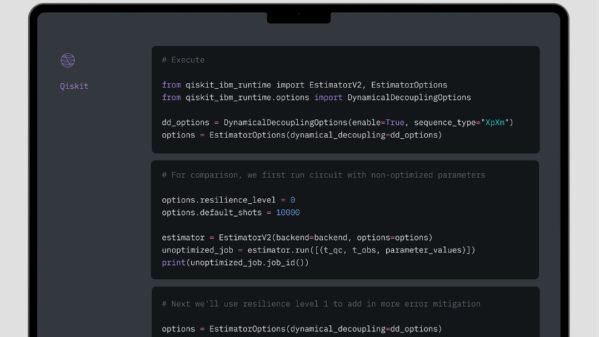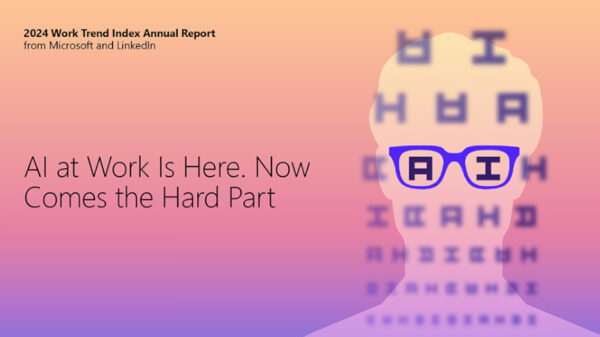The demand and growth of deep learning models have reached a point where they can be applied to any work sector or technological field.
Existing algorithms are improving day by day, and the ability to perform activities like a human being is highly appreciated.
Multiple sectors enjoy deep learning perks, including medical analysis, computer vision, finance, and social media marketing. In some cases, AI has the upper hand on traditional programming as it can better handle complex tasks effectively.
This trend also stimulates the cybersecurity domain, where deep learning models are used to improve detection systems.
With the growth of cybersecurity solutions, the threat of hacking is also growing.
Cybersecurity is the optimal method to secure and protect servers, computers, networks, devices, and specifically, sensitive data stored on those devices from hackers.
Those who pose cybersecurity threats use several tools and skills to discover the vulnerabilities and security risks for their personal gain.
However, deep learning can enable intelligent IP systems that are helpful to analyze online traffic in a precise way and reduce the number of false alerts.
Deep Learning’s Impact on Cybersecurity
Deep learning-based IP systems help detect intruders by creating system alerts, but mostly, they are recognized by generic attack forms and known signatures.
This type of application is widely used in data breach attacks. Deep learning models are used to perform such tasks with the help of recurrent neural networks and convolution neural networks.
The systems are now improved to avoid false-positive and unnecessary fatigue. The significant solutions are User Entity and Behavior Analytics, Next-Generation Firewall and Web Application Firewall.
However, the malware issues were sorted by regular firewalls with the help of a signature-based system.
That results in a new range of malware that emerged with a database of known threats. While this technique can be helpful for detecting prior threats, it can’t handle more advanced issues.
Here, DL plays a vital role in detecting advanced problems without attack patterns and known signatures.
Natural language processing (NLP) is also a helpful technology to quickly target and eliminate spam and other kinds of social engineering threats. A deep learning algorithm, NLP models, can train on communication patterns by using numerous statistical tools to block spam.
One of the best examples is when Google used the TensorFlow model to improve Gmail spam detection efforts. Artificial neural networks are also putting efforts towards analyzing HTTP networks to secure them from malicious activities. This showed a promising result for DOS attacks and SQL injections.
Deep learning models have reached the point where they can train themselves to enable security systems to predict threats before they happen.
Creating a New Security Standard
Deep learning-based models tend to learn, act, and understand the required and derived parameters for better decision-making.
They process tasks in three ways, including augmented intelligence, autonomous intelligence, and assisted intelligence. As cyber-attacks have become more complex and capable, DL advancements have allowed systems to detect and resolve attacks without human involvement autonomously.
They will likely become more efficient in doing so in the future. DL as a subset of machine learning was only able to scale as a technology with better GPUs and affordablyscale deep learning infrastructure with spell.
Machine learning and deep learning development require extreme computational demand, and the developers need the systems to handle this requirement. However, GPU technology is getting better and advance with the passage of time, commonly used for the purpose of DL. ML is limited in what it can do because it requires data to work. Developers have to find ways to overcome that need and bring the technology closer to something more autonomous and reliably independent without a person’s intervention.
The future trend of DL shows the growth of industry applications. Nevertheless, with advanced research, one can say that unsupervised learning may be able to predict and act closely to human behavior. The conflict between the data protection law and the demand of improved cybersecurity will be facilitated. The future of Machine learning and deep learning depicts that they will be able to train with a small amount of data.
The Next Step
If deep learning research continues to progress at its current rate, developers may find themselves outpaced. Those who are familiar enough with DL algorithms work for larger corporations that dominate the industry at the moment (like Google). As more trained developers are available, DL tech will naturally progress.
Applying deep learning in cybersecurity for secure network traffic is arguably the most interesting aspect of AI, but other important considerations are the availability of powerful systems, accurate training data and systems for the training of DL models. Although this field is still growing, many developers are hopeful of achieving even better solutions in the future.

















































































































